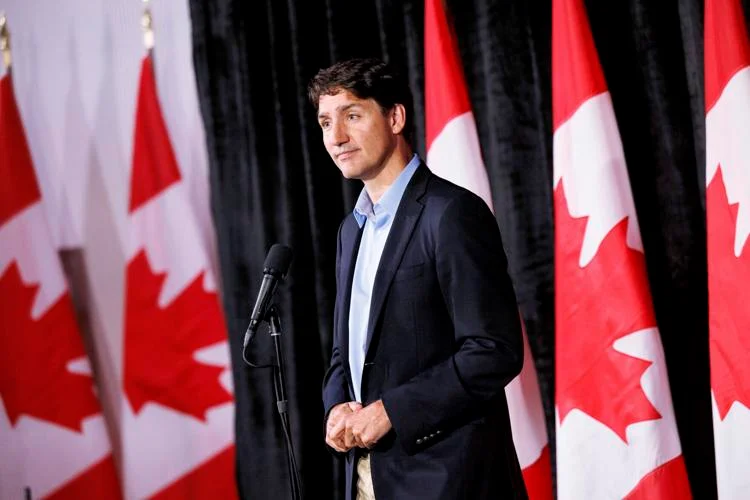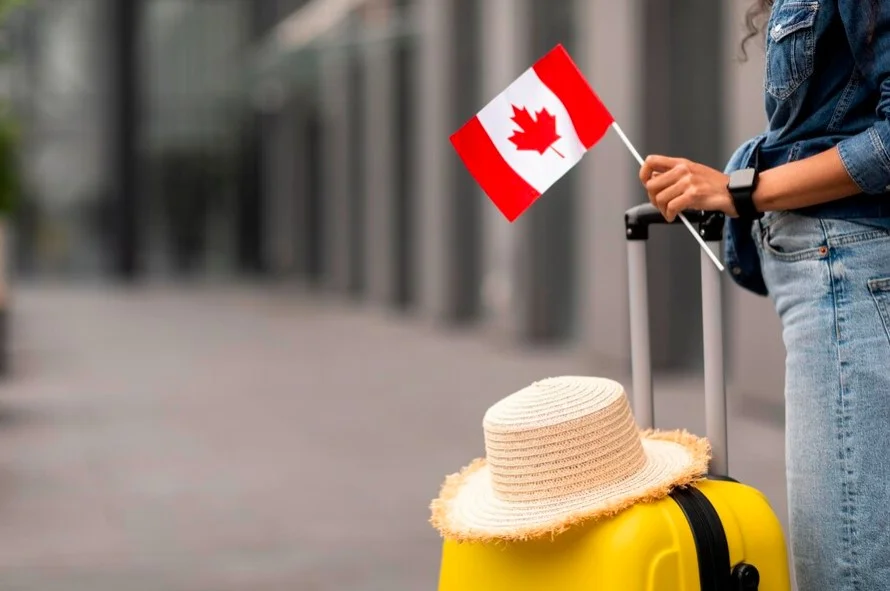Canada, long known for its welcoming stance towards newcomers, is closing its doors to an increasing number of foreign visitors and temporary residents. Government data obtained by Reuters reveals a significant spike in visa rejections and border turnaways, signaling a marked shift in the country’s immigration policies.

The trend comes as Prime Minister Justin Trudeau’s Liberal government, currently trailing in polls ahead of an anticipated election next year, grapples with mounting public concerns over immigration. Many Canadians have linked the influx of newcomers to the ongoing housing shortage and soaring prices, prompting a recalibration of the country’s traditionally open-door policy.
In July 2024, Canadian border officials refused entry to 5,853 foreign travelers, including students, workers, and tourists. This figure marks the highest number of rejections since at least January 2019. On average, border officers turned away 3,727 foreign travelers per month during the first seven months of 2024, representing a substantial 20% increase from the previous year.
The tightening extends beyond the physical borders. Canada’s immigration department is approving fewer visas across various categories. The ratio of refused visitor visa applications to approved ones reached a post-pandemic high in June. In fact, during January, February, May, and June of 2024, more visa applications were refused than approved, a stark reversal from previous trends.
Study and work permits, which had seen multi-year highs in 2023 and 2022 respectively, have also experienced a notable decline in approvals. This shift affects not only tourists but also international students and temporary workers who have long contributed to Canada’s economic and cultural landscape.

Immigration Minister Marc Miller acknowledged the changing landscape in August, stating, “Canadians want a system that is not out of control.” This sentiment reflects growing public opinion, with polls indicating that an increasing number of Canadians believe the country is admitting too many immigrants.
The Canada Border Services Agency (CBSA) attributes these changes to shifting migration patterns and policy adjustments, emphasizing that decisions are made on a case-by-case basis. However, the agency has not identified specific policy changes driving this trend.
Legal experts on the ground are reporting increased scrutiny of visa holders at airports and land border crossings. British Columbia lawyer Will Tao has observed a “180-degree” shift in attitude towards immigration from the government. He notes that the perception of foreigners potentially causing harm to Canada is trickling down from politicians to front-line officials, influencing their decision-making processes.
This heightened scrutiny has led to situations where valid visa holders are being turned away at the border, sometimes under pressure to leave voluntarily or face deportation. These actions can have severe implications for individuals’ visa status or travel authorizations, including potential cancellations.
One such case involved Mohammed Kamil Shaibu, a Ghanaian traveler en route to a conference in Edmonton. Despite holding a valid tourist visa, Shaibu was denied entry to Canada last September during a layover in Paris. After a phone interview with a Canadian immigration officer, he was told his “temporary-resident visa is no longer valid for travel to Canada” and was asked to return to Accra.

This practice of granting visas only to deny entry later has drawn criticism from academic circles. Gideon Christian, an assistant law professor at the University of Calgary, questions the logic behind this approach, asking, “Why accept people if, when they come, you’re not going to admit them?”
The shift in Canada’s immigration stance represents a significant departure from its long-standing reputation as a country that embraces newcomers. This changing landscape reflects a complex interplay of factors, including economic pressures, particularly in the housing market, and evolving public sentiment.
As Canada navigates these changes, the impact on its international reputation and economy remains to be seen. The country has long benefited from the contributions of immigrants and temporary residents in various sectors. However, the current trend suggests a recalibration of its immigration policy, potentially affecting Canada’s appeal as a destination for international students, skilled workers, and tourists.
The upcoming election may well serve as a referendum on these evolving immigration policies, with the outcome likely to shape Canada’s approach to newcomers in the years to come. As the situation continues to develop, observers both within Canada and internationally will be watching closely to see how the country balances its economic needs, public sentiment, and humanitarian traditions in crafting its future immigration policies.



